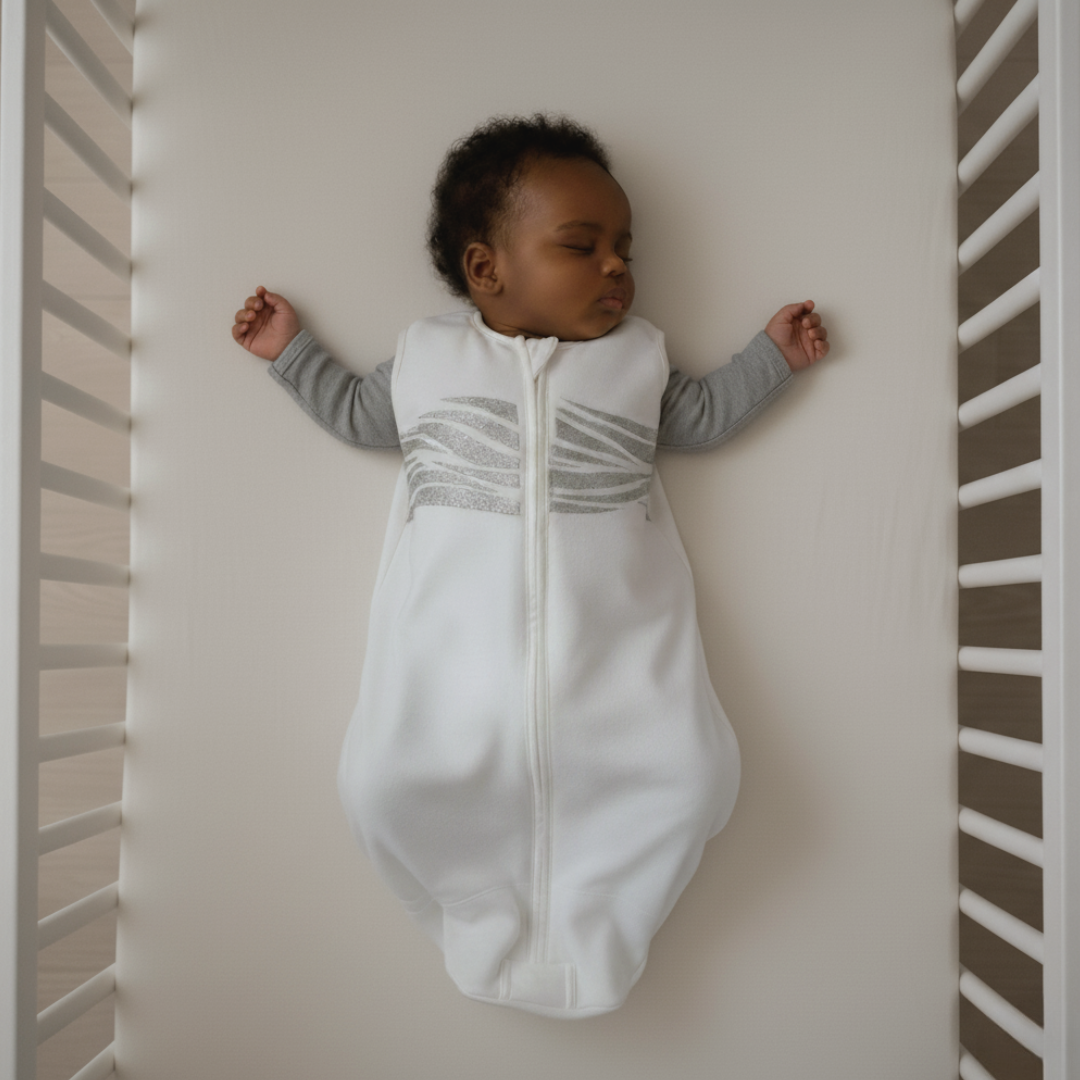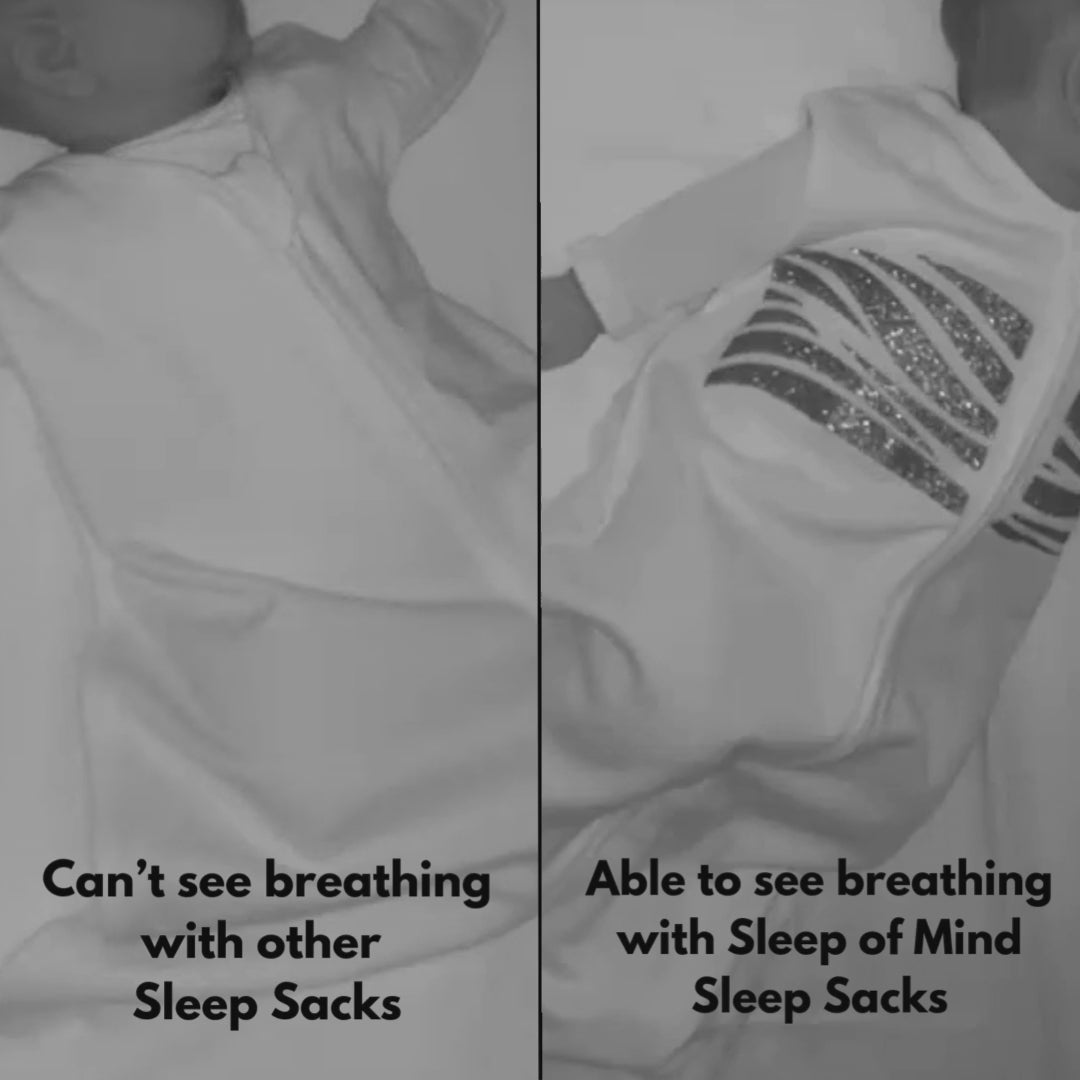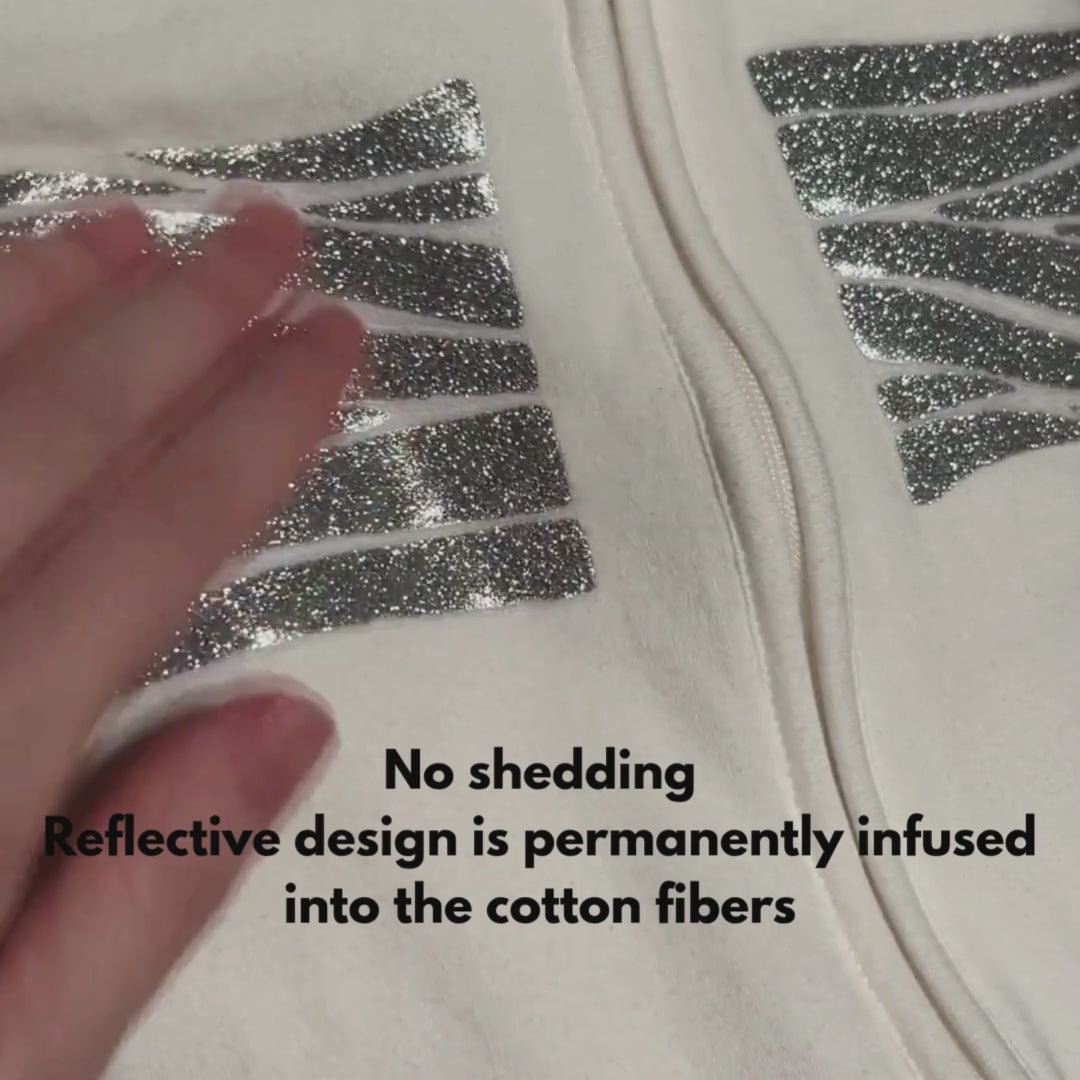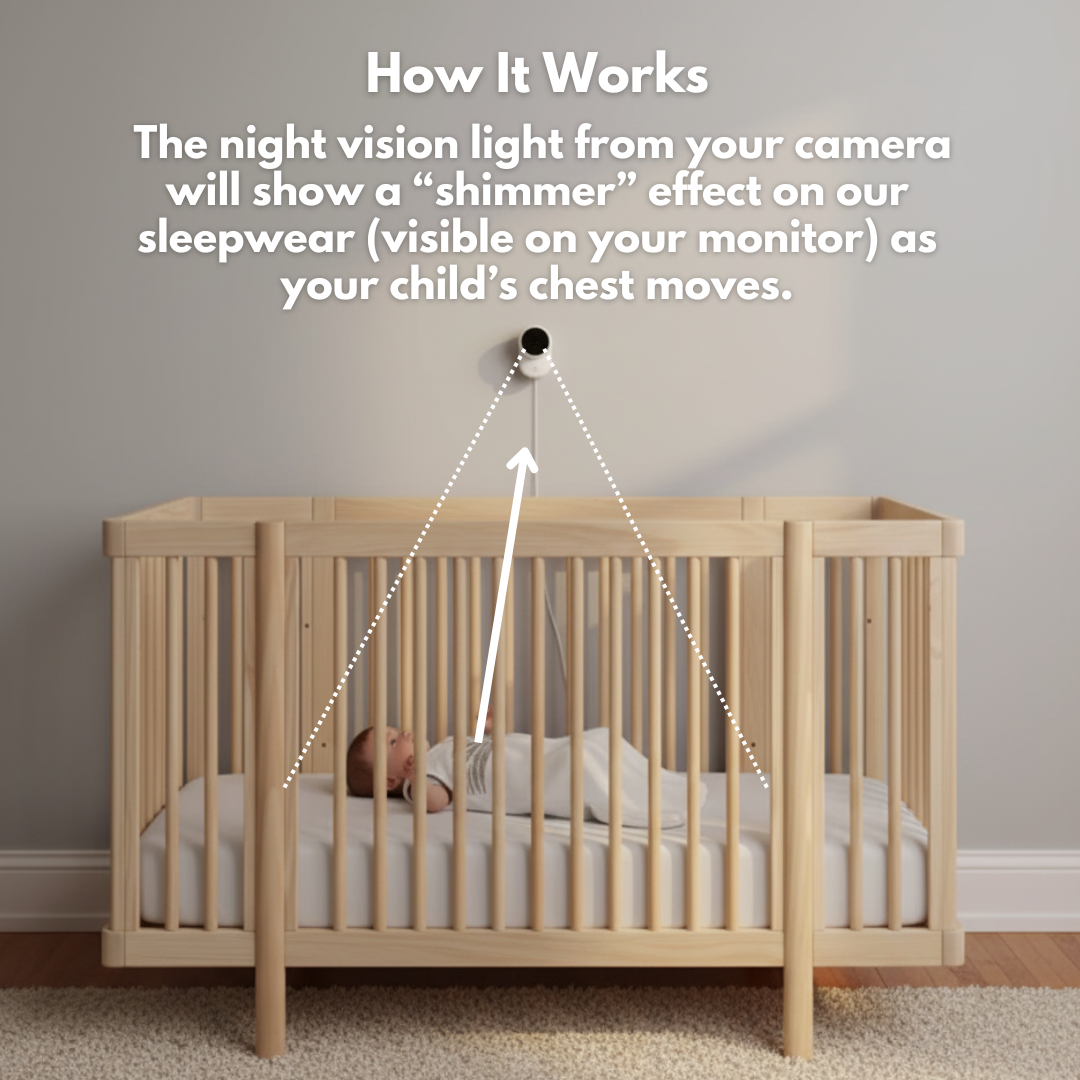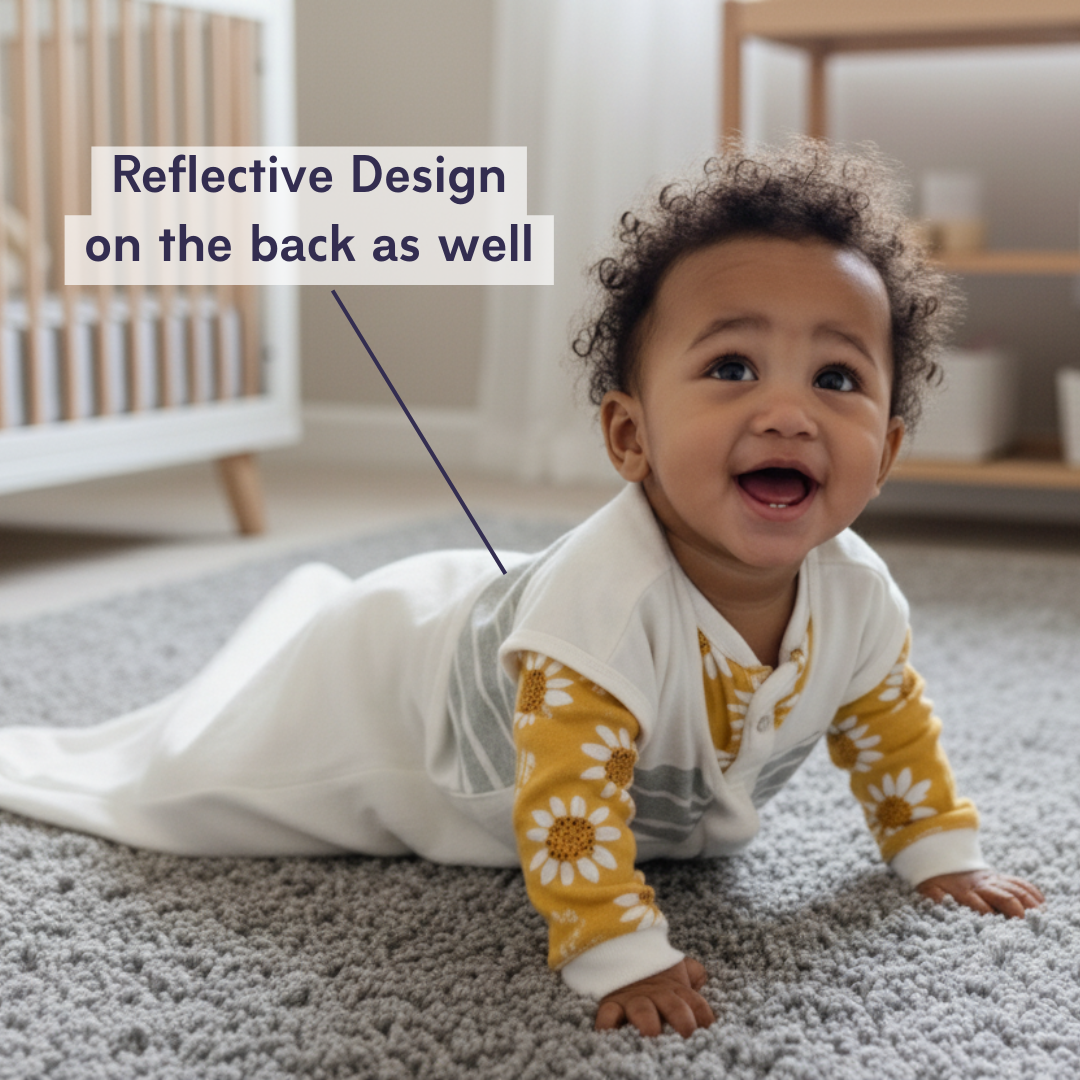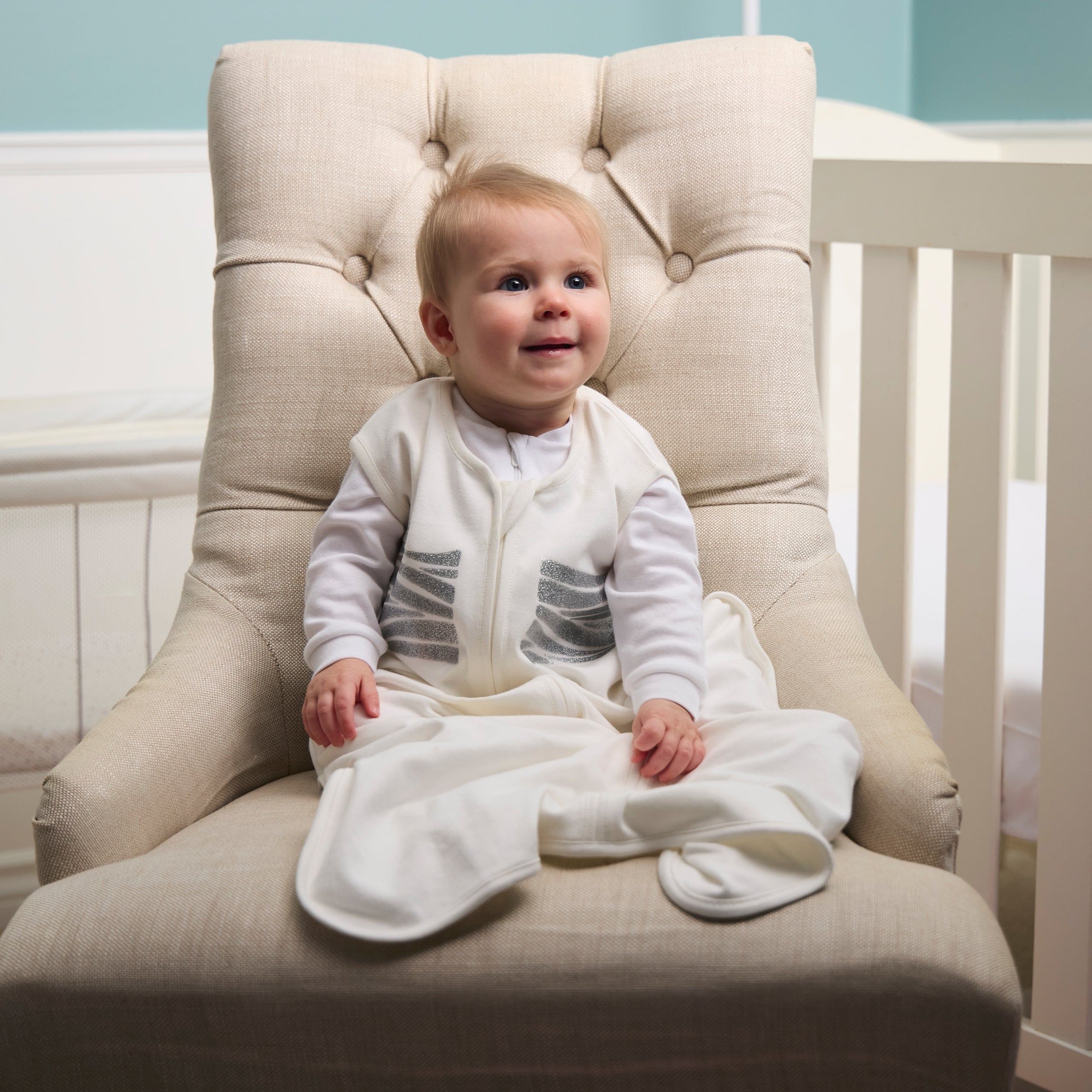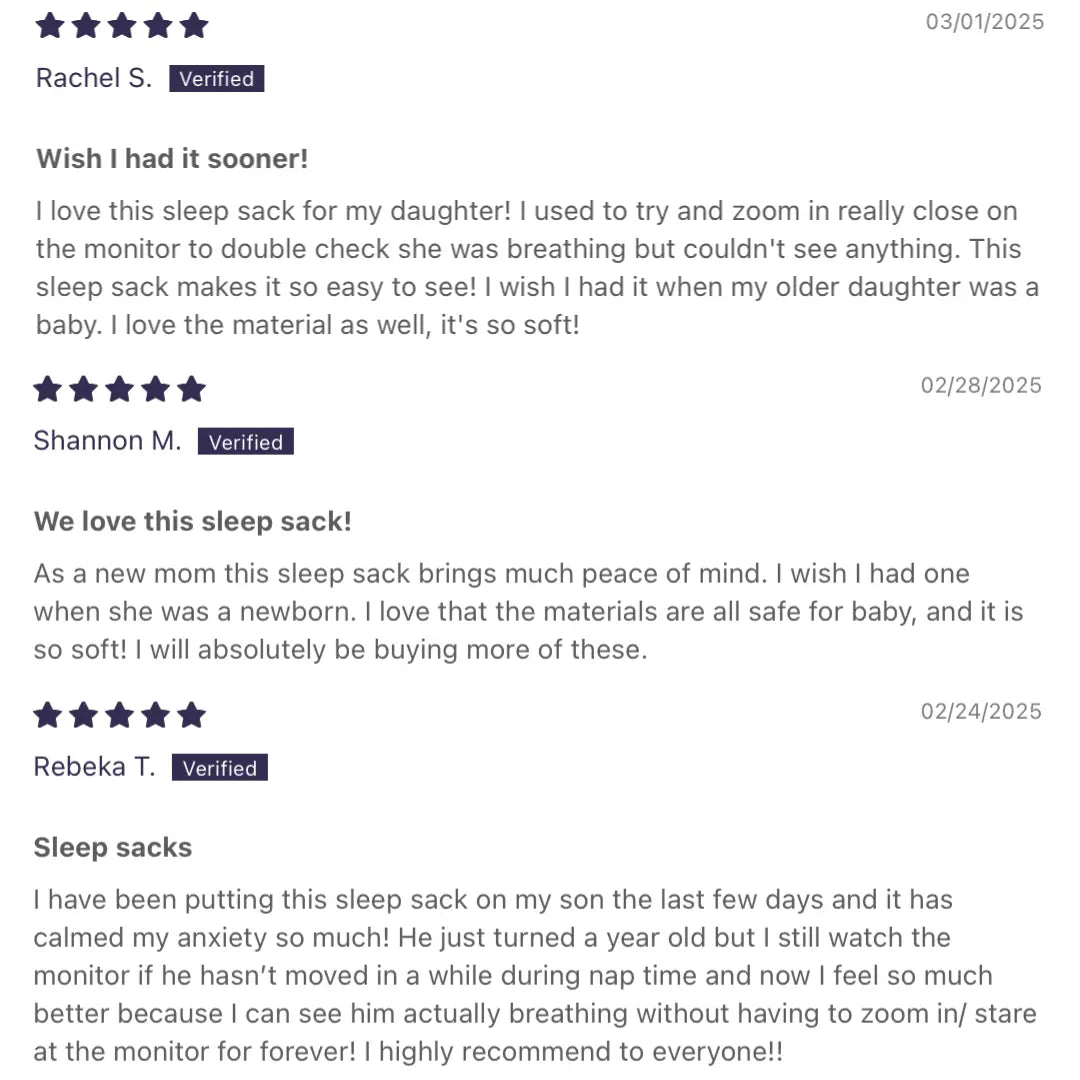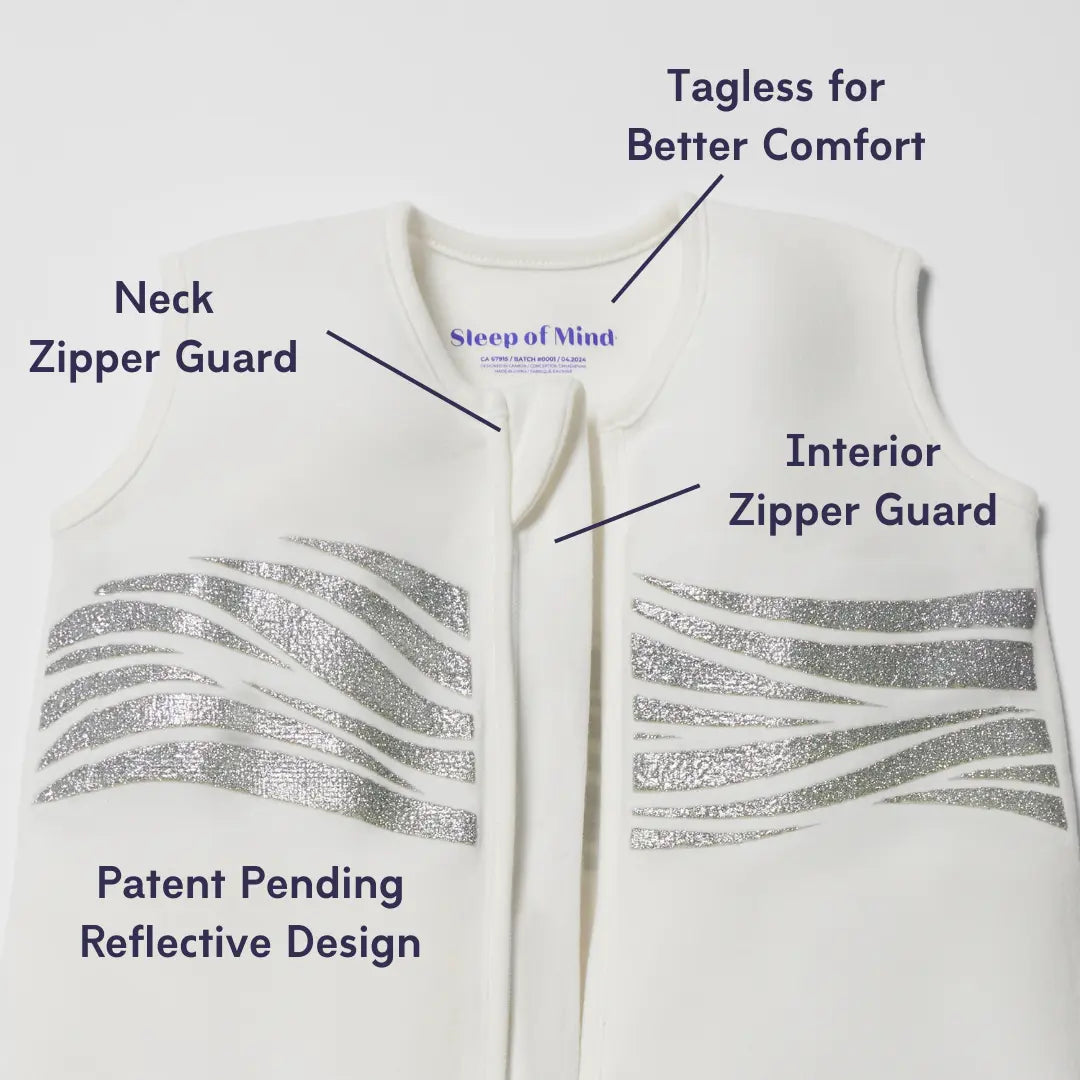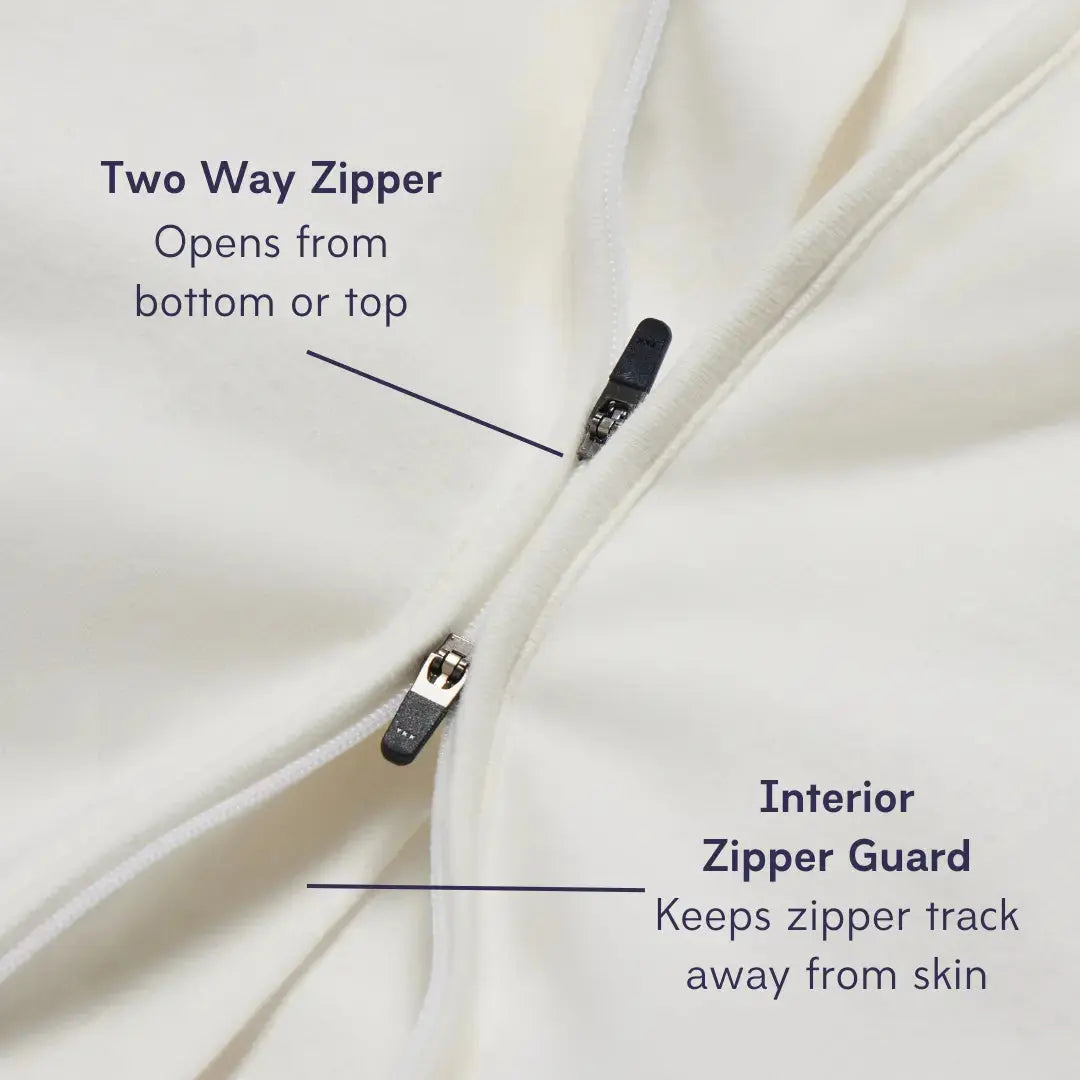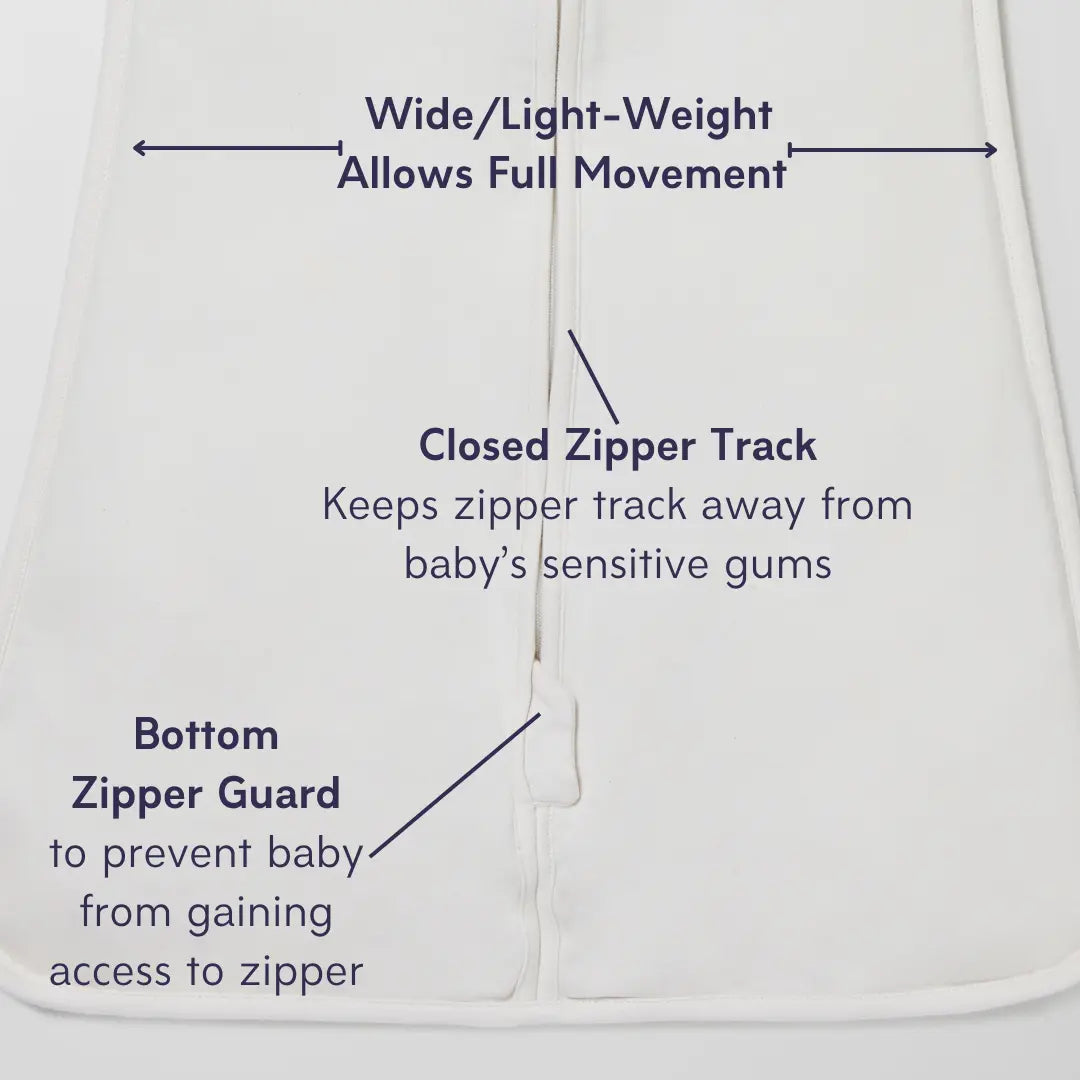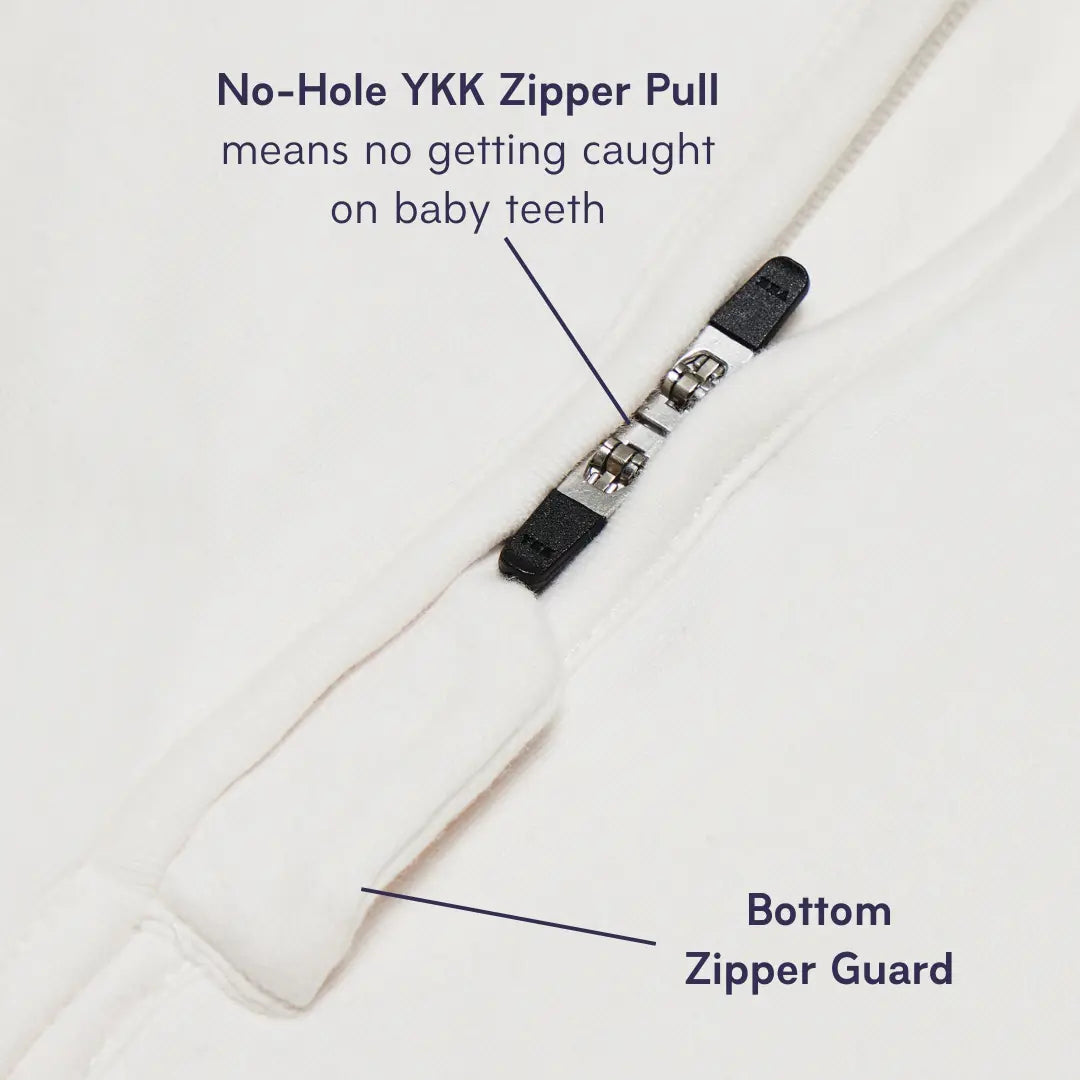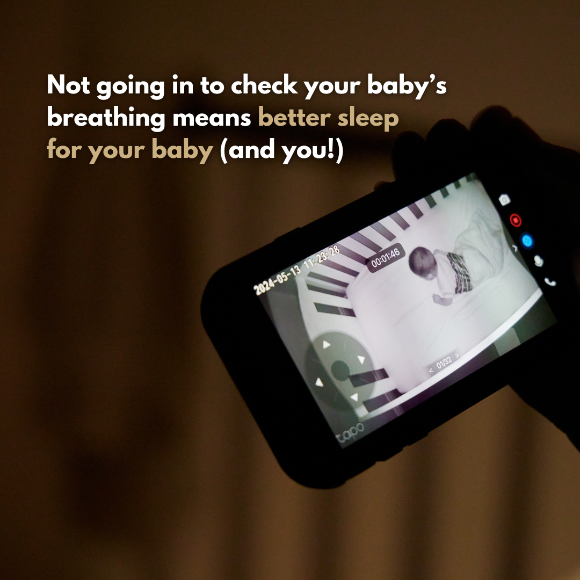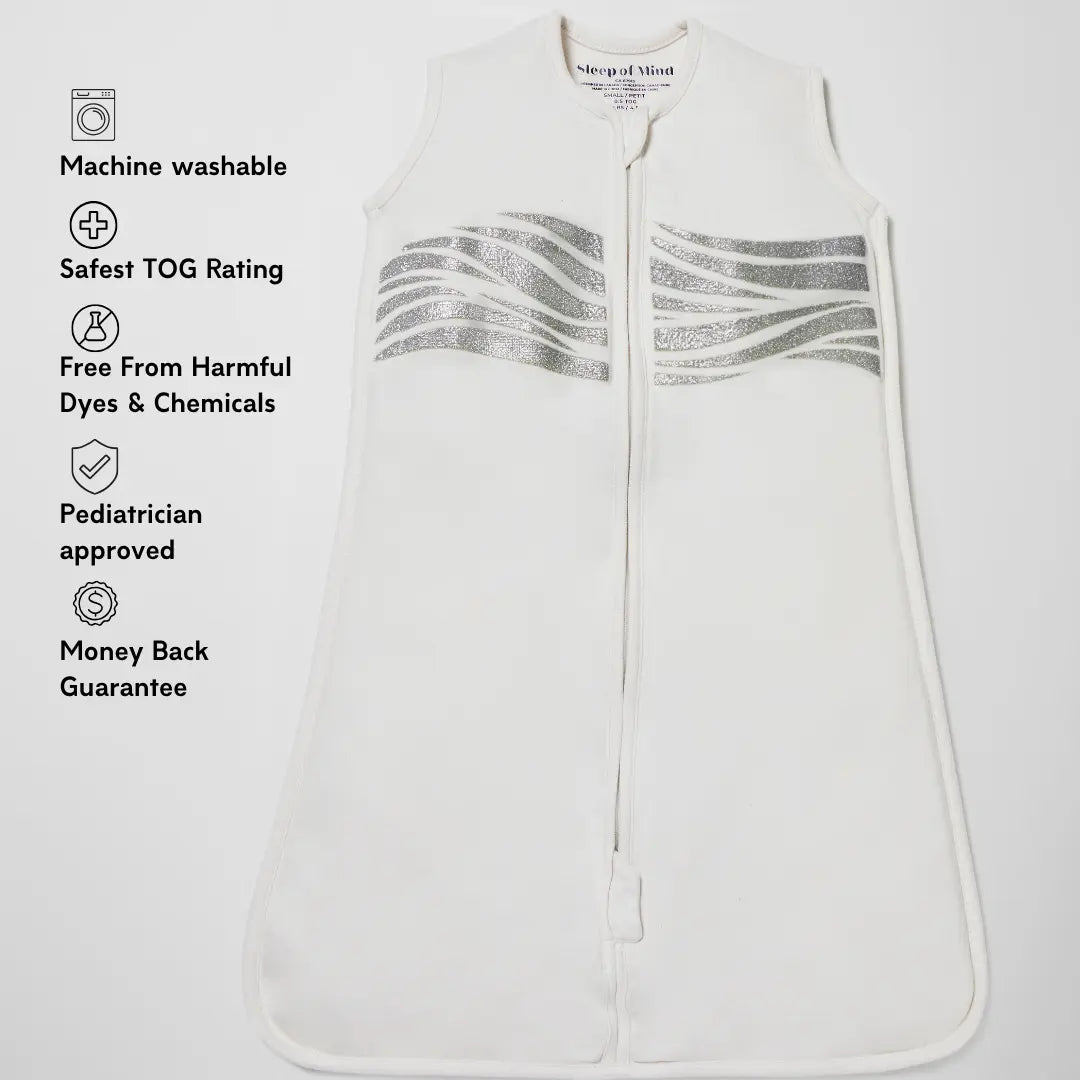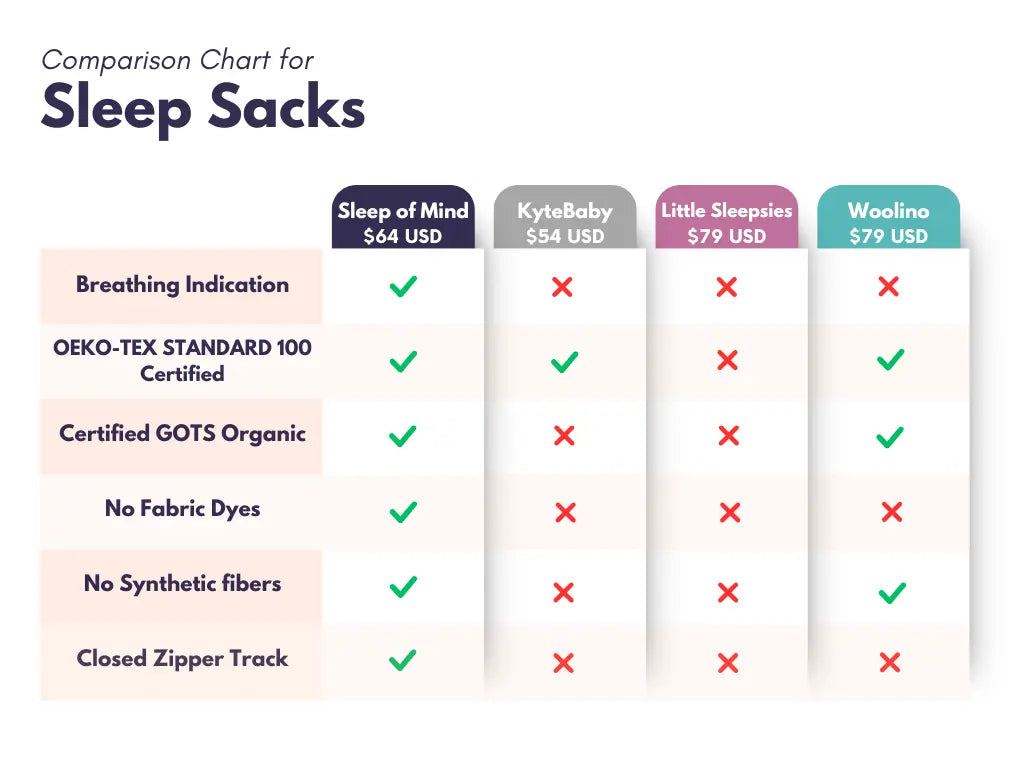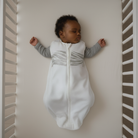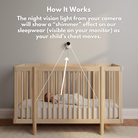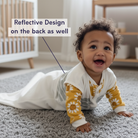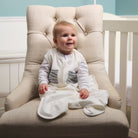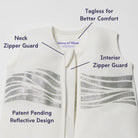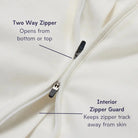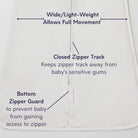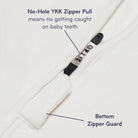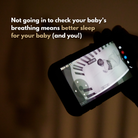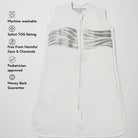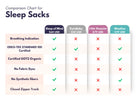Swaddling has been a time-tested practice for comforting newborns, helping them feel protected and sleep better. For many parents, it becomes an essential part of their baby’s early days. But as your baby grows and begins to develop new abilities, you might start wondering: when to stop swaddling?
This is an important question because swaddling, while helpful in the beginning, has its limits as your baby’s needs change. In this article, we’ll explore why swaddling is important, how to recognize when it’s time to stop, and how to make the transition as smooth as possible for you and your little one.
Why Swaddling is Important for Newborns
Swaddling has been used for generations to help newborns feel calm and secure. In the early days of life, babies are adjusting to a world that feels very different from the snug, cozy environment of the womb. Swaddling gently wraps them in a way that mimics that feeling, providing a sense of safety and comfort.
One of the biggest benefits of swaddling is that it can promote better sleep for both babies and parents. Newborns often have startle reflexes (Moro Reflex), sudden jerky movements that can wake them up from a sound sleep. Swaddling helps to minimize these movements, allowing your baby to stay asleep longer and more peacefully.

During the first few weeks, swaddling can also support healthy sleep p
atterns, which are vital for your baby’s development. By creating a calm, secure sleep environment, swaddling helps babies feel more relaxed, making it easier for them to settle down and rest. However, it’s important to use proper techniques to ensure safety and comfort. For guidance on safe swaddling practices, you can refer to trusted resources like HealthyChildren.org
When to Stop Swaddling: Signs and Timeline
While it's true that swaddling can be a lifesaver in the early days, helping newborns feel secure and promoting better sleep, it’s not meant to last forever. Knowing when to stop swaddling is an important part of your baby’s development and safety.
In general, swaddling is safe for the first couple of months. Most babies are ready to start transitioning out of it by 2 to 3 months old, especially as they begin showing increased mobility.
One of the clearest signs that it’s time to stop swaddling is when your baby starts showing signs of trying to roll over, which usually happens between 2 and 4 months. Leg lifting is the first sign that a baby is getting ready to roll so when baby starts lifting their legs while in their swaddle, you'll want to transition them out of the swaddle as well as out of the bassinet and into a crib. Rolling while swaddled is dangerous because it makes it very difficult for them to move freely or push themselves into a safe position, increasing the risk of suffocation.
Your baby’s cues will also guide you. If they’re becoming more active during sleep—kicking, stretching, or trying to wiggle their arms free—it’s a sign they’re ready for more freedom to move. These behaviors show they’re outgrowing the snug comfort of the swaddle and are ready for a new sleep setup.

However, each baby is unique, so there’s no exact age to stop swaddling. The key is to pay attention to their cues. As they grow and become more active, they may start showing signs, indicating they’re ready for more freedom. While it may feel like a big shift, transitioning away from the swaddle is a natural part of their development, helping them sleep more comfortably and explore the world around them.
How to Safely Transition from Swaddling
Now that you know when it’s time to stop swaddling, how do you make the transition smoothly?
Start at night (when melatonin production is higher). At bedtime move to using a sleep sack, which allows your baby's arms to have free range of motion, in case they attempt to roll over. Continue during the day with the sleep sack and just know that sleep may be rocky in the first few days or weeks, but once your baby becomes adept at rolling, the Moro reflex won't play as much of a role anymore.
Often moving to a crib and into a sleep sack means your baby may now be sleeping further away from you, even possibly in their own room. If that makes you feel nervous then you'll want to check out Sleep of Mind sleepwear. These sleep sacks have a patent pending design that makes it easier to see your baby breathing, giving you peace of mind with a glance at your own night vision baby monitor. See it for yourself. There are no batteries, apps or subscriptions. No false alarms or costly apnea breathing monitors that the AAP does not recommend.
A baby not breathing is a parent's worst nightmare and even though you may follow all the safe sleep guidelines, the fear can still persist. Sleep of Mind Sleep Sacks and Convertible PJs help reduce that anxiety so that everyone can get more sleep.
What Happens If You Keep Swaddling Too Long?
Continuing to swaddle your baby beyond the recommended age can lead to serious concerns. According to Healthychildren.org it's important to know when to stop swaddling for your baby’s safety and well-being. If you don’t, here’s what could happen:
1. Developmental Delays
Continuing to swaddle past the recommended age can restrict your baby’s movement, potentially hindering their motor development, like rolling over or reaching milestones like tummy time.
2. Hip Dysplasia Risk
Swaddling too tightly, especially around the hips, can increase the risk of hip dysplasia, a condition where the hip joint doesn’t develop properly. It’s important to allow your baby’s legs to move freely to support healthy hip development.
3. Risk of Suffocation
If babies are swaddled beyond the point when they begin to roll over, there’s an increased risk of suffocation. Once they can roll, swaddling can restrict their ability to move, increasing the danger if they end up face down.
4. Supporting Motor Development
As babies grow, they need the freedom to move and explore their bodies. Continuing to swaddle when they’re ready to stretch out can limit their opportunities to develop their muscles and coordination.
Therefore, it’s crucial to observe your baby’s cues and developmental progress. Stopping swaddling at the right time helps support their growth while ensuring their safety as they continue to develop.

Final Thoughts
Swaddling can be such a comforting tool for your newborn, helping them feel secure and sleep better in those early months. But knowing when to stop swaddling is important as your baby grows and starts reaching new milestones. By watching for signs and following their cues, you can make the transition easier for both of you. With a little patience and consistency, your baby will adjust, and you’ll both be on the path to peaceful, independent sleep. Just remember, every baby is unique, so trust the process and take it one step at a time.



